
views
X
Research source
However, the juice is quite bitter, and so requires some preparation before drinking if you’re making it on your own. It’s not uncommon to find the juice in grocery stores, though, especially if you live in India or in a region with a large Indian population.
Drinking Amla Juice for Your Health

Drink 8–16 fl oz (240–470 mL) of amla juice daily. This amount works out to about 1 or 2 large glasses of the juice. Drinking more than 8–16 fl oz (240–470 mL) of amla juice a day can lead to some negative side effects, including constipation. Other potential side effects of amla juice include dehydration (which can lead to dry skin). Occasional allergic reactions to amla juice can cause symptoms including nausea and stomachache, vomiting, and swelling of the tongue and throat. Stop using amla juice immediately if you notice these symptoms.

Have a daily glass of amla juice to help with digestion or clear up a cold. If you’re trying to be more health conscious, adding a glass of amla juice to your typical breakfast is a great way to boost your vitamin intake. Or, if you’ve recently come down with a cold, cough, or the flu, drinking nutrient-rich amla juice is a great way to help your body fight the illness. Because of its unique blend of antioxidants and nutrients—and because it’s high in fiber—amla juice is a reliable digestive aid. Drinking a glass with your meals can keep you from feeling full and bloated after eating. It will also help you have normal and regular bowel movements. In addition to vitamins and minerals, amla juice is full of antioxidants and healthy amino acids including glutamic acid, lysine, alanine, proline, and aspartic acid.
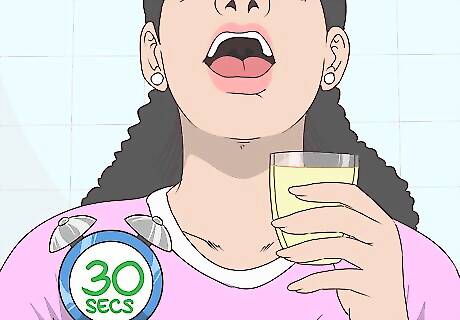
Gargle with diluted amla juice to clear up a mouth ulcer. Combine 2 teaspoons (9.9 mL) of amla juice and 1 teaspoon (4.9 mL) of water together in a glass. Stir with a spoon until the liquids are fully blended. Take a big gulp of the liquid, and gargle in the back of your throat for about 20–30 seconds. Do this twice daily—once in the morning and once at night—to help clear up your mouth ulcer. You can swallow diluted amla juice if you’re concerned about stomach ulcers. Amla juice is also effective at both preventing and treating stomach ulcers.

Do not take amla juice if you have hypoglycemia or low blood pressure. Amla juice naturally lowers your blood pressure, and this can be dangerous if you’re already taking medication to moderate blood pressure. Similarly, amla juice is naturally effective at lowering your blood sugar levels. But, if you already have low blood sugar—a condition known as hypoglycemia—taking amla juice can be harmful. Be especially sure not to take amla juice if you’re hypoglycemic and have diabetes. If you’re not sure whether or not it’s safe for you to take amla juice, talk to your doctor or an internal medicine specialist.
Making Amla Juice
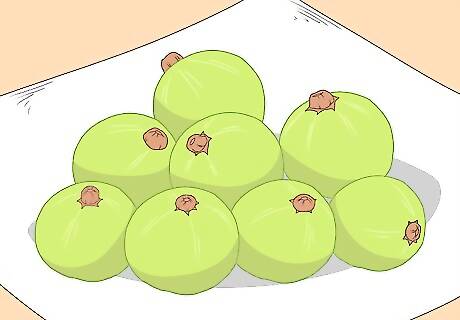
Purchase 8 medium-sized amla berries from an international market. Amla berries are roughly the size of large plums, so each is roughly 3 inches (7.6 cm) in size. The berries have a pale green color. Inspect the fruits before you buy them to make sure they aren’t bruised or moldy. You’ll most likely find them in a store or international grocery store or in a fruit market that specializes in Indian foods. You may also be able to find amla berries for sale online through food retailers.
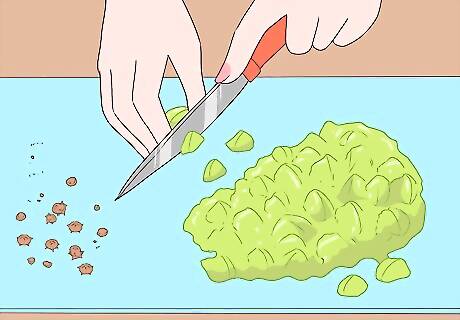
Chop the amla berries into ⁄8 in (0.32 cm) sized pieces. Rinse the berries off and place them on a cutting board. Use a sharp kitchen knife to cut each of the berries in half. Remove the pit at the center of each berry with the point of your knife and discard it. Then, cut each of the halves into 4–5 lengthwise slices. Dice the berry slices into very small pieces, each about ⁄8 inch (0.32 cm) in size. If you prefer, you could also grate the amla berries into thin ribbons using a clean cheese grater.
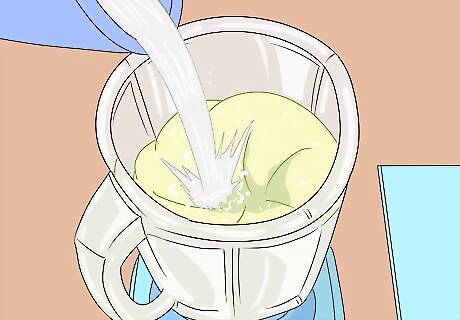
Blend the diced berries with water to make a fine paste. Scrape the diced (or grated) amla berries into a blender or food processor. Start by adding ⁄2 cup (120 mL) of water, and turn the blender on to a medium setting. Continue adding more water as needed until the juice mixture takes on the consistency of a thin, watery paste. Since you’ll just be making 1 serving, you shouldn’t need more than 6–8 fl oz (180–240 mL) of water. If you put the blender on too high of a setting, you’ll completely liquefy the berries, which isn’t necessary.
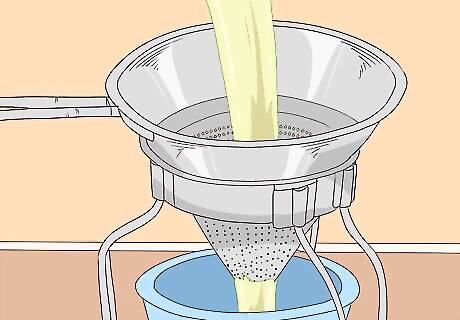
Strain the mixture through a fruit strainer to remove the peels. Set a fine mesh fruit strainer over a bowl. Once the berries have been turned into a fine paste, pour them out of the blender and into the fruit strainer. This will catch the pulpy bits and skin and let the juice pass through. To get as much moisture as possible out of the berries, press down on the berry paste in the strainer with the palm of 1 hand. Once the juice has been strained into the bowl, pour it all back into the blender (or food processor).
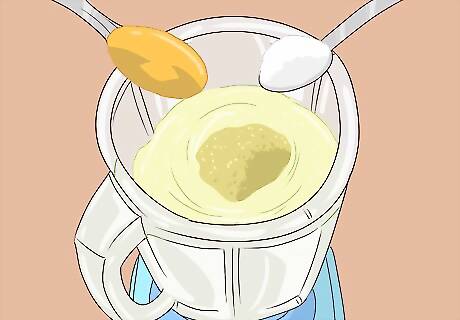
Add honey, salt, green cardamom, and white sugar to the blender. Measure out 1 tablespoon (15 mL) of honey, 4 tsp (16.7 g) of white sugar, 1/4 tsp (1 g) of salt, and 1/2 tsp (1.3 g) of ground green cardamom. Add these ingredients to the amla juice. While they aren’t technically necessary for the juice, they will greatly improve its taste! Turn the blender back on to a low setting for about 30 seconds or until all of the dry ingredients have fully blended into the amla juice. These ingredients will offset the naturally bitter, unpleasant taste of the amla berries. Honey and sugar will add sweetness, while the green cardamom will add a slightly spicy, minty flavor. If you don’t have honey on hand—or prefer an alternative sweetener—you could use agave nectar. Similarly, you could substitute stevia or another sweetener for the white sugar. Keep the measurements the same if you substitute in alternate ingredients. If you have none of these ingredients on hand, you could drink the amla juice plain. However, it would taste very bitter. Some people might find the natural taste unpleasant enough that they couldn’t stomach the plain juice.
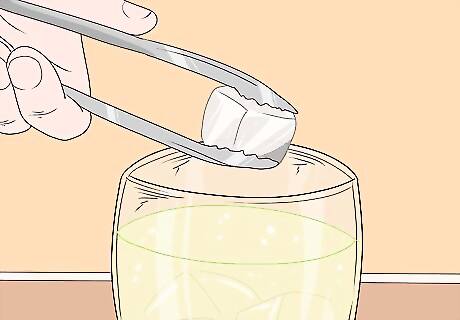
Serve the amla juice in a glass with 4–5 ice cubes. Once it’s blended, the juice is ready to drink. Pour it into a glass, add a few ice cubes, stir the drink with a spoon 5 or 6 times, and take a sip. If you’d like to share a glass of amla juice with your friends, you can double, triple, or quadruple the recipe.
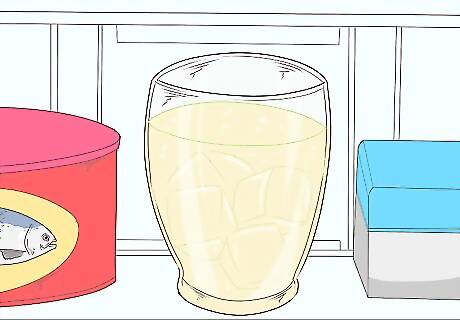
Store leftover amla juice in your refrigerator for about 2 weeks. Like any other freshly-made fruit juice, amla juice will keep well when it’s refrigerated. Keep it a sealed pitcher or juice bottle so that it’s not open to the air. Consider freezing some amla juice if you’ve made more than you can drink within 2 weeks. The juice will keep for 2–3 months in the freezer. You could even freeze individual amla-juice ice cubes to put in your glass of amla juice.










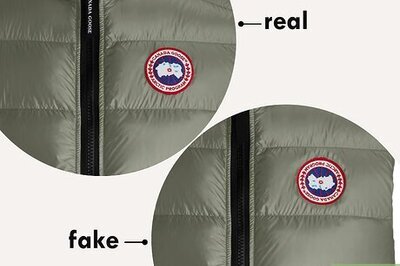


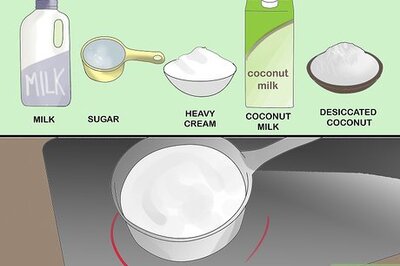
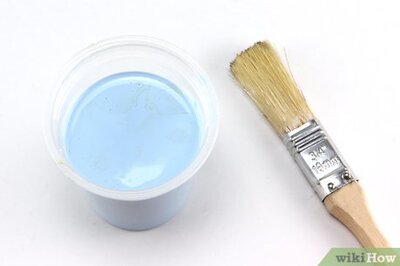





Comments
0 comment